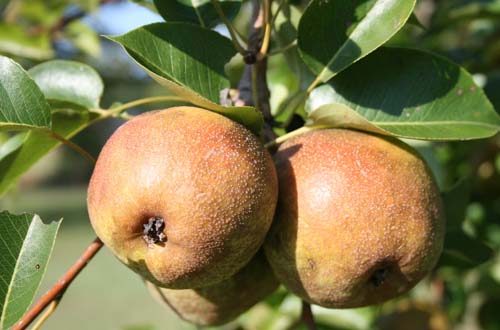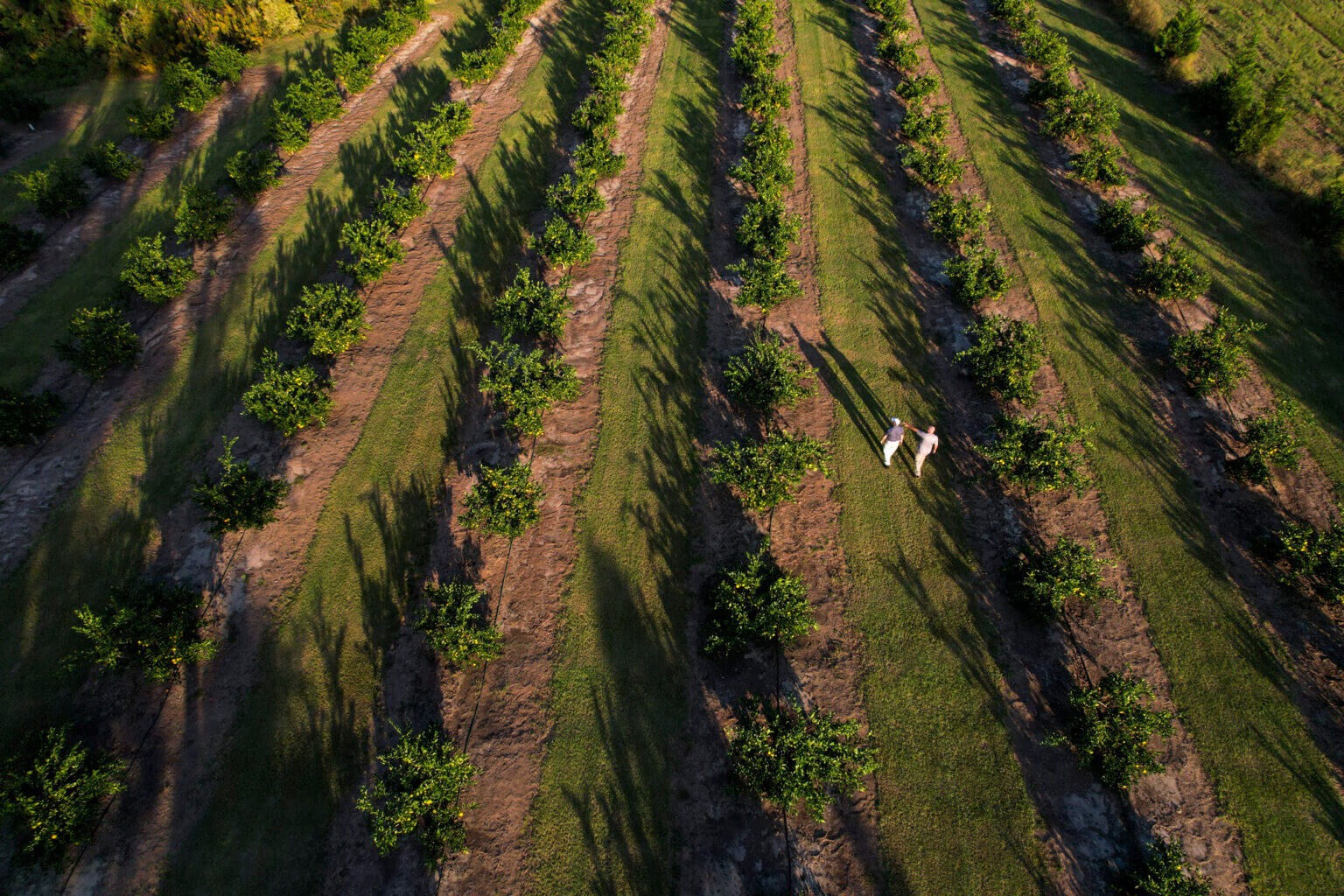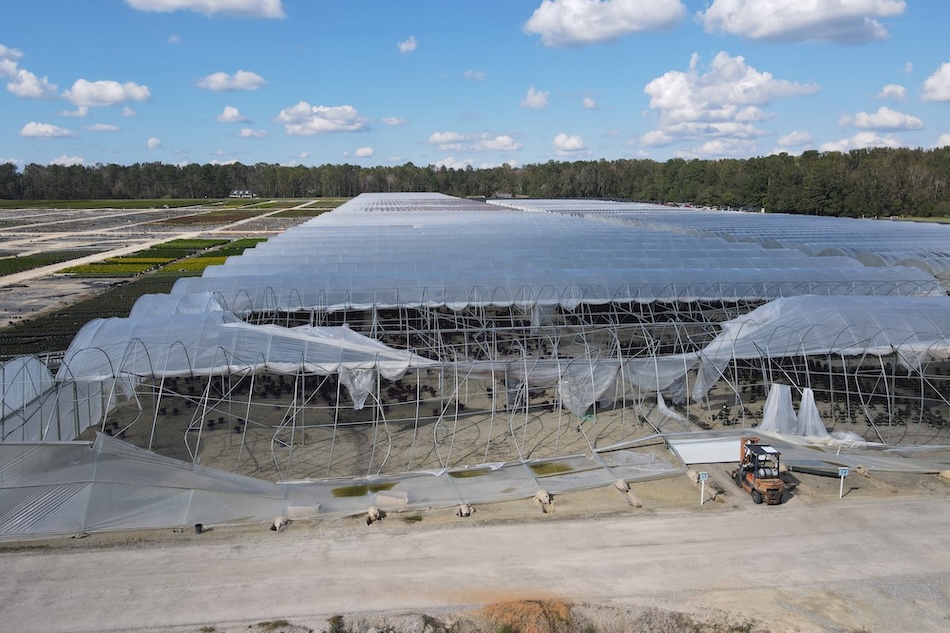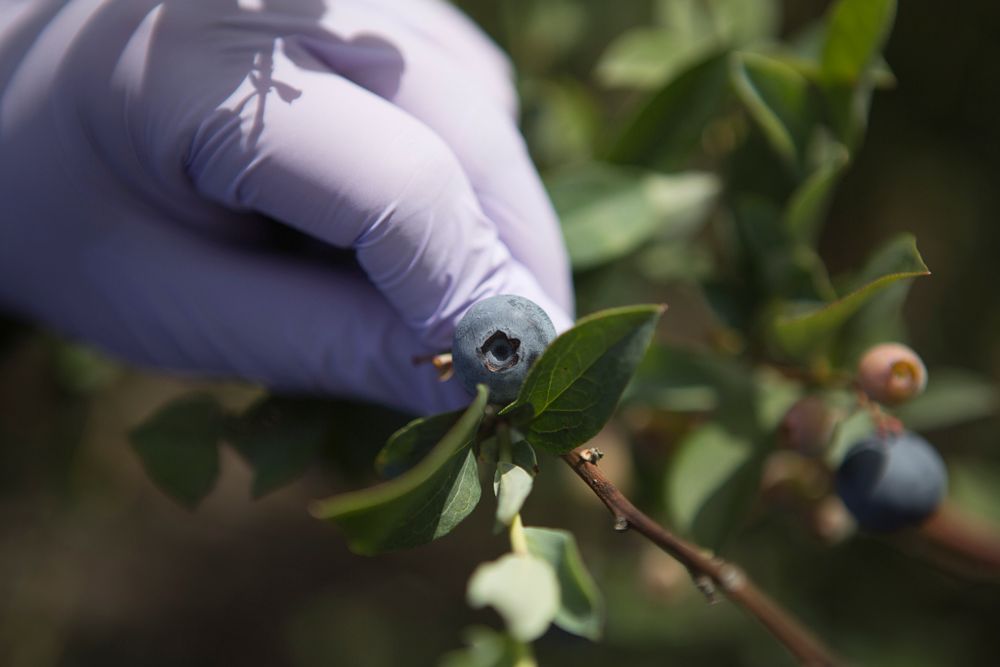The purchase of a home or old farmstead often comes with a landscape that includes fruit trees. These trees are often aesthetically pleasing due to the beauty of the natural rounded crown shape that has developed over several years.
Unfortunately, these trees have often been neglected, appearing overgrown and producing poor quality fruit. On first impulse, owners are often inclined to prune these fruit trees immediately and severely.
Take your time and do it right
It is important to complete the process of tree renewal over several years. Pruning too severely results in excessive, nonproductive shoot growth. Trees are often destroyed by these heading cuts.
It is best to reduce the amount of existing growth over time in increments with the judicious use of thinning cuts. Thinning cuts, or those that remove wood at its base or point of origin, allow the size and shape of the tree to be maintained. Thinning cuts can reduce the tree size while still maintaining the natural shape of the canopy.
The first step in pruning a neglected tree is to remove all diseased or dead material. Next, remove the very upright, extremely vigorous shoots that are shading the interior. Then remove the limbs that are joined to the trunk at a narrow angle and leave the limbs with wider crotch angles.
Don't fertilize pruned trees
In some cases, having too many scaffold limbs may be a problem. Excess wood can be removed to leave three to five lower scaffolds with fairly wide crotch angles spaced evenly around the tree. Extensively pruned trees should not be fertilized the following spring. This will prevent excessive, unproductive growth from redeveloping.
With a good working knowledge of basic principles of plant response to pruning, proper pruning techniques and clear objectives for the tree, fruit tree performance can be improved while maintaining the beauty of the tree. For more information on caring for fruit trees, visit the UGA Cooperative Extension publication website at www.caes.uga.edu/publications.








